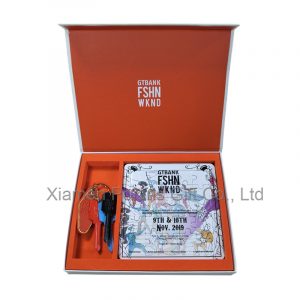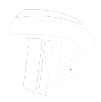4. Due to the smooth surface and poor ink absorption ability of the copper plate paper, when printing the field plate of large page, try to achieve “deep ink and thin printing”. That is to say, the ink color is properly adjusted, and the ink layer is correspondingly thinned during printing, which can not only meet the requirements of printing color, but also reduce the chance of overprint and prevent overprint. In addition, due to the poor adhesion of the paper, the ink layer printed on it is sometimes easy to be decolorized due to the loss of powder. Therefore, 19 resin oil can be used as the inking oil for the first color printing. In order to make the laminated ink layer bright, you can add some light oil and dry oil in the ink.
5. Due to the large amount of coating on the coated paper, it is often encountered in the process of printing that the powder will be removed and the printed page will appear black shadow. In this case, attention should be paid to check whether the plate loading process is proper. If the plate is padded excessively, because the paper pressure is too high, it is easy to crush the coating powder on the surface of the copper plate paper, resulting in powder removal and dark spots. In addition, it is also necessary to check whether the viscosity of the ink is appropriate. If the printing ink layer is too thick and sticky, it is also one of the reasons for the paper falling off and piling up the page. In this case, it is necessary to consider the application of auxiliary materials to adjust the ink, and the above quality problems can be better controlled.
6. The anti sticking technology of copper plate paper printing should be well controlled. Copper plate paper is weak in ink absorption, and its back is relatively smooth. In this way, when printing a large amount of ink or multi-color overprint, it is easy to produce the problem of sticking. Therefore, anti sticking measures should be taken to overcome this problem. For example, a proper amount of anti sticking agent should be stirred evenly with bright oil first to make it liquid, then added into the ink and then stirred evenly, so that a good anti sticking effect can be achieved when printing. However, the amount of anti sticking agent should be controlled reasonably, not more than 4%, so as to avoid the disadvantages such as ink emulsification, printing ink layer blooming and ink layer glossiness reduction.



